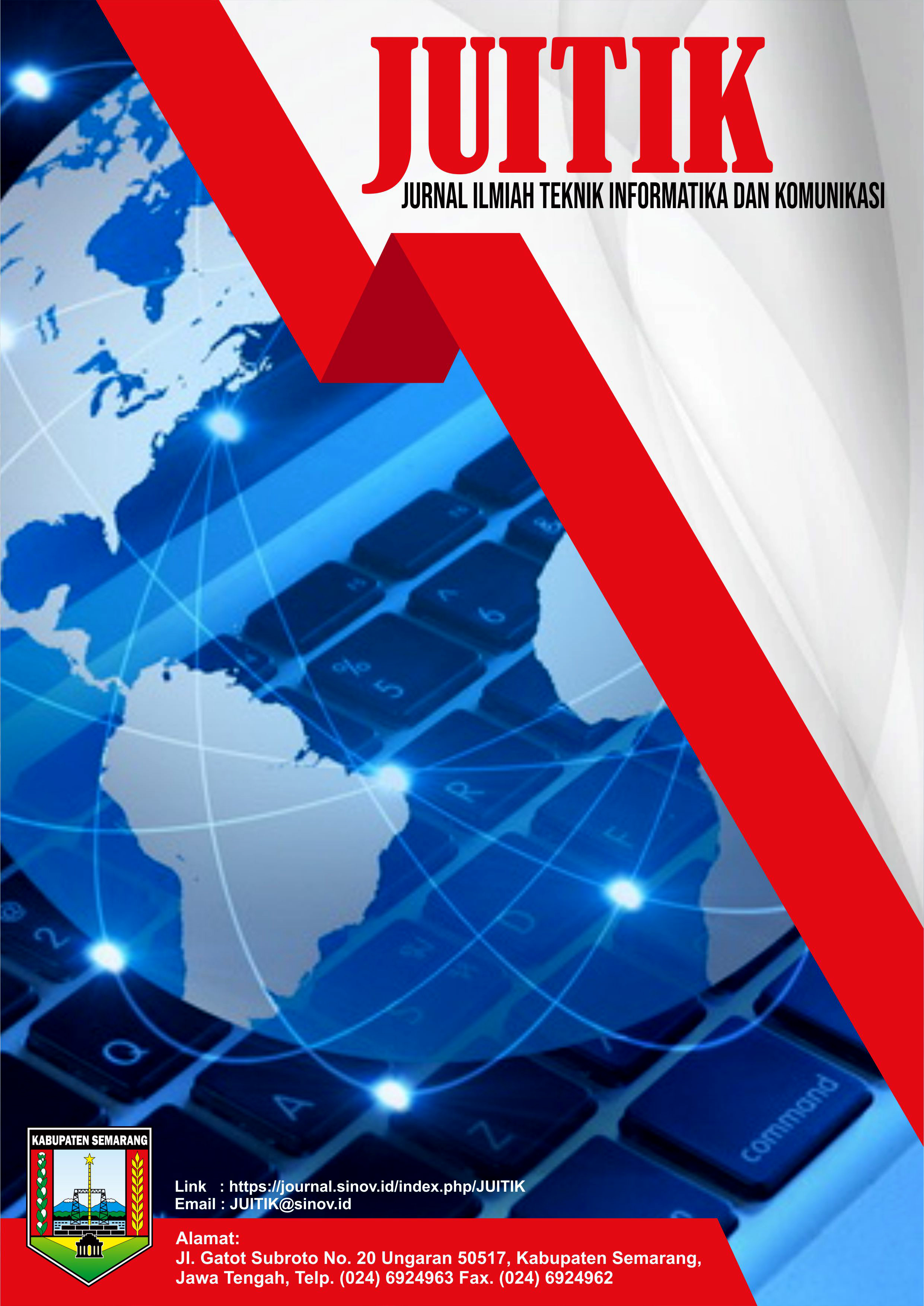Dinamika Sosial Keluarga di Era Digital: Studi tentang Pola Komunikasi antara Orang Tua dan Remaja
DOI:
https://doi.org/10.55606/juitik.v5i1.1080Keywords:
family social dynamics, digital communication, parents-teens, digital era, social welfareAbstract
The digital era has fundamentally changed the way families communicate and interact. This study aims to analyze the social dynamics of families in the context of communication patterns between parents and adolescents in the digital era. Using a qualitative approach with a literature study method, this study examines various academic literature published in the period 2018-2025 to understand changes in family communication patterns due to the penetration of digital technology. The results of the study indicate that digital technology has created a paradox in family communication, where easy access to information and communication can actually create a communication gap between generations. Traditional face-to-face communication patterns have been transformed into digital communication mediated by various social media platforms and instant messaging applications. This phenomenon has an impact on the quality of parent-child relationships, patterns of socialization of family values, and dynamics of generational conflict. This study identifies four main communication patterns in digital families: hybrid communication (digital-analog combination), disconnected communication (digital divide), reactive communication (response to technology), and adaptive communication (adjustment to the digital era). The implications of these findings indicate the need for a balanced family communication strategy between the use of digital technology and maintaining the intimacy of direct communication to maintain family social welfare.
References
Álvarez, M., Torres, A., Rodríguez, E., Padilla, S., & Rodrigo, M. J. (2020). Digital disconnect in families: Understanding and addressing the challenges of parent-adolescent communication in the digital age. Journal of Family Issues, 41(8), 1120-1145.
Anderson, M., & Jiang, J. (2018). Teens, social media & technology 2018. Pew Research Center. https://www.pewresearch.org/internet/2018/05/31/teens-social-media-technology-2018/
Anderson, M., & Rainie, L. (2020). The challenges of digital parenting in a connected world. Pew Research Center. https://www.pewresearch.org/internet/2020/07/28/parenting-children-in-the-age-of-screens/
Blum-Ross, A., & Livingstone, S. (2018). The trouble with "screen time" rules. In G. Mascheroni, C. Ponte, & A. Jorge (Eds.), Digital parenting: The challenges for families in the digital age (pp. 179-187). Nordicom.
Boyd, D. (2018). It's complicated: The social lives of networked teens. Yale University Press.
Clark, L. S. (2020). Digital families: How technology changes family communication. University of Colorado Press.
Creswell, J. W., & Poth, C. N. (2018). Qualitative inquiry and research design: Choosing among five approaches (4th ed.). SAGE Publications.
Hiniker, A., Sobel, K., Suh, H., Sung, Y. C., Lee, C. P., & Kientz, J. A. (2019). Examining early childhood educator needs and challenges when introducing the tablet technology to classrooms. Proceedings of the 2019 CHI Conference on Human Factors in Computing Systems, 1-13.
Kumar, P., & Schoenebeck, S. (2019). The modern day mother: How mothers leverage mobile technology to create social support networks. Proceedings of the 2019 CHI Conference on Human Factors in Computing Systems, 1-12.
Laursen, B., & Collins, W. A. (2018). Parent-child relationships during adolescence. In R. M. Lerner, L. Steinberg, E. P. Bowers, & G. P. Knight (Eds.), Handbook of adolescent development research and its impact on global policy (pp. 141-159). John Wiley & Sons.
Lenhart, A. (2015, updated 2020). Teens, technology and friendships: Video games, social media and mobile phones play an integral role in how teens meet and interact with friends. Pew Research Center.
Liu, D., Zhao, L., & Ma, X. (2022). Digital communication patterns and family wellbeing: A longitudinal study of parent-adolescent relationships. Journal of Computer-Mediated Communication, 27(2), 45-62.
Mascheroni, G., Jorge, A., & Ponte, C. (2020). Digital parenting: The challenges for families in the digital age. Nordicom.
Mascheroni, G., Ponte, C., & Jorge, A. (2021). Digital parenting mediation practices: A cross-national comparison of family communication strategies. New Media & Society, 23(11), 3222-3241.
Radesky, J., Hiniker, A., Schaller, A., Weeks, H. M., Clarke, B., Cordero, L., ... & Miller, A. L. (2019). Longitudinal associations between use of mobile devices for calming and emotional reactivity and executive functioning in children aged 3 to 5 years. JAMA Pediatrics, 173(11), 1027-1034.
Reed, P., Romano, M., Re, F., Roaro, A., Osborne, L. A., Vialli, C., & Truzoli, R. (2019). Differential physiological changes following internet exposure in higher and lower problematic internet users. PLoS One, 14(3), e0213309.
Rosa, E. M., Tudge, J., Freitas, L. B., & Piccinini, C. A. (2018). The role of ecological contexts in the development of family relationships. In Handbook of family theories (pp. 245-267). Springer.
Rosen, L. D., Lim, A. F., Felt, J., Carrier, L. M., Cheever, N. A., Lara-Ruiz, J. M., ... & Rokkum, J. (2021). Media and technology use predicts ill-being among children, preteens and teenagers independent of the negative health impacts of exercise and eating habits. Computers in Human Behavior, 35, 364-375.
Subrahmanyam, K., & Smahel, D. (2018). Digital youth: The role of media in development. Springer.
Turkle, S. (2019). Alone together: Why we expect more from technology and less from each other (3rd ed.). Basic Books.
Turkle, S. (2021). The empathy diaries: A memoir. Penguin Press.
Vaterlaus, J. M., Beckert, T. E., Tulane, S., & Bird, C. V. (2019). "They always ask what I'm doing and who I'm talking to": Parental mediation of adolescent interactive technology use. Marriage & Family Review, 55(8), 750-765.
Yau, J. C., & Reich, S. M. (2018). Are the qualities of adolescents' offline friendships present in digital interactions? Adolescent Research Review, 3(3), 339-355.
Downloads
Published
How to Cite
Issue
Section
License
Copyright (c) 2025 Jurnal Ilmiah Teknik Informatika dan Komunikasi

This work is licensed under a Creative Commons Attribution-ShareAlike 4.0 International License.










